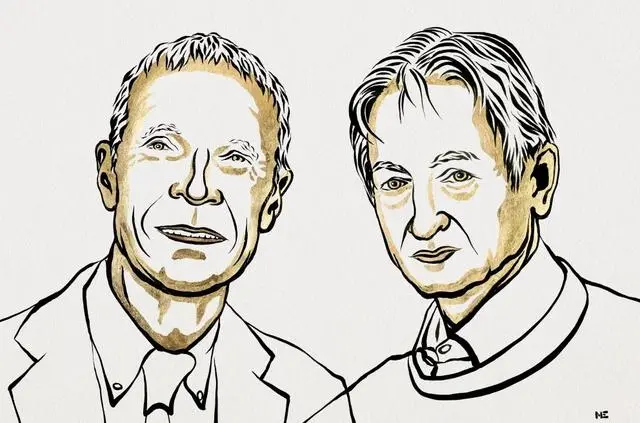Yesterday afternoon Beijing time, 2024 Nobel prize for physicsIt was announced that Professor Geoffrey Hinton shared the honor with Professor John Hopfield, both of whom have made innovative breakthroughs in the field of machine learning.
In a conference call following the award, it was hailed as "Godfather of AI"Geoffrey Hinton expressed his concern for the AI TechnologyHe emphasized the importance of addressing the potential risks of AI development. He emphasized the importance of addressing the potential risks of AI development, and that people must focus onPossible adverse consequences.
"AI will have a huge impact, similar to the Industrial Revolution. Instead of surpassing human physical strength, it will enhance our intelligence. We haven't had the same experience before withSomething smarter than us.experience of interaction.AI has the potential to deliver better healthcare and improve efficiency, although it could also carry the risk of spiraling out of control," Hinton said. For now, Hinton's biggest fear is that AI systems will outperform humans and eventuallybackfire on humans.
Hinton recognizes that AI has great potential in areas such as healthcare, scientific research, and climate change, but people also need to be aware of itsPossible abuse and unintended consequencesRemain vigilant. At the same time, he called for closer collaboration among scientists, policymakers, and industry leaders to ensure that AICompliance with ethical standards.. When asked about the most commonly used AI tools, Hinton gave the following answers ChatGPT.

The official Nobel Prize 2024 rubric is attached below:
- 2024 Nobel Prize winner in Physics uses physics tools to construct methods thatLaying the foundation for today's powerful machine learning.
- John Hopfield created a structure that could store and reconstruct information. Jeffrey Hinton invented a way to independently discover properties of data, which has become important for the large artificial neural networks now in use.
- Although computers can't think, machines can now mimic functions like memory and learning. This year's Physics Prize winners have helped make this possible. Using basic concepts and methods from physics, they developed techniques that utilize the structure of networks to process information.